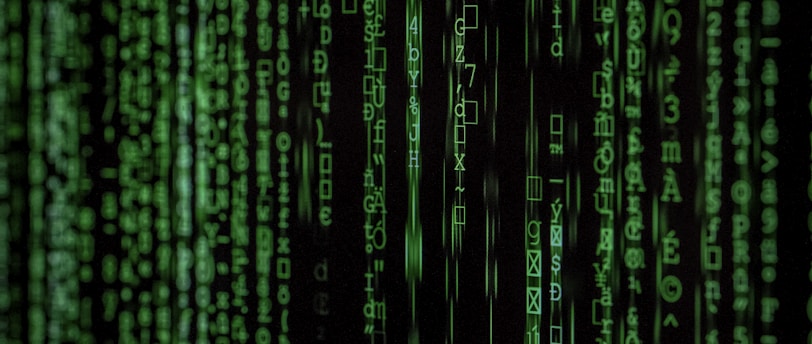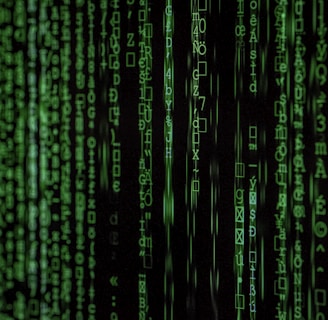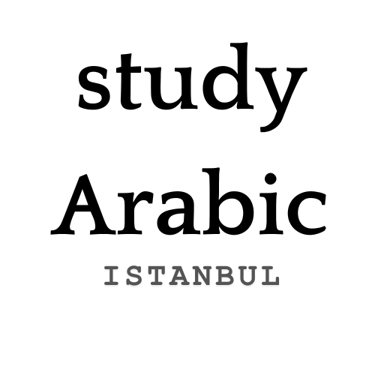The Binary System in Computers and the Trilateral Root in Arabic: Is Arabic a Trenary Language?
Language and technology, though seemingly distant disciplines, often share surprising parallels. One of the most intriguing comparisons lies between the binary system in computers and the trilateral root system in Arabic.
1/18/20254 min read


Language and technology, though seemingly distant disciplines, often share surprising parallels. One of the most intriguing comparisons lies between the binary system in computers and the trilateral root system in Arabic. Both operate on foundational principles that are systematic, efficient, and infinitely adaptable. This raises a fascinating question: if the binary system is at the heart of computing, does Arabic's trilateral root system suggest it operates as a "trenary language"? Let's explore these connections in depth.
The Binary System in Computing
At the heart of every modern computer lies the binary system—a language of ones and zeros. This system, based on two states (on/off, true/false), provides the foundational framework for all computational processes. Binary works because of its simplicity and scalability: with just two digits, it can represent numbers, letters, commands, and even complex algorithms.
For example:
- Binary Representation: The letter "A" is represented in binary as `01000001`.
- Logic Operations: Computers perform tasks using Boolean logic, combining binarbinary states to execute everything from arithmetic to data storage.
The binary system’s power lies in its ability to take something complex and reduce it to its simplest form, then recombine those simple elements into something incredibly diverse.
The Trilateral Root System in Arabic
Arabic, one of the world’s oldest and most sophisticated languages, operates on a similar principle of systematic simplicity. At its core is the trilateral root system, where the majority of words are derived from three consonants, or "radicals," that convey a core meaning. This system provides Arabic with immense flexibility and richness, making it one of the most nuanced languages.
For example:
- The root K-T-B relates to writing. From this root, words like Kitab (book), Katib (writer), Maktaba (library), and Kutub (books) emerge.
- By applying different patterns (such as vowels, prefixes, and suffixes) to the root, the language can create nouns, verbs, and adjectives while maintaining a semantic connection.
Just as binary combines ones and zeros to create endless possibilities, Arabic’s trilateral roots generate an almost infinite variety of words while maintaining a logical, interconnected system.
Arabic as a Trenary System
If binary operates on two states and forms the foundation of computing, Arabic’s trilateral roots can be thought of as a "trenary" system—a linguistic framework where three core elements give rise to a complex and adaptive structure.
Key Characteristics of Arabic’s Trilateral Roots
1. Efficiency:
Much like binary, the trilateral root system condenses meaning into its most basic form. The three consonants act as building blocks, encapsulating a vast semantic field within a simple structure.
2. Scalability:
By applying different patterns to trilateral roots, Arabic generates words that are contextually and grammatically diverse. This scalability mirrors how binary builds complexity from simple ones and zeros.
3. Flexibility and Creativity:
Arabic’s trilateral roots allow for wordplay, poetic expression, and linguistic innovation. For instance, adding prefixes or infixes to roots like S-L-M (peace) creates words like Islam (submission to peace) and Muslim (one who submits).
While the binary system operates with precision and uniformity, Arabic’s trilateral system introduces layers of meaning and cultural depth. This balance of structure and creativity makes Arabic unique among the world’s languages.
Linguistic Comparison: Binary vs. Trilateral
| Feature | | Binary System | | Trilateral Root System |
Core Elements | Two digits (0, 1) | | Three consonants |
Functionality | Foundation of computation | | Foundation of Arabic grammar |
Scalability | Infinite combinations | | Infinite word derivations |
Efficiency | Simplifies complexity | |Encapsulates meaning |
Creativity | Logical operations | | Poetic and Semantic Richness |
Implications for Language and Technology
Shared Principles
Both systems demonstrate the power of simplicity combined with adaptability. Binary shows how two basic elements can build complex computational systems, while Arabic’s trilateral roots reveal how a small linguistic foundation can generate a rich and expressive language.
Cognitive Benefits of Learning Arabic
Understanding Arabic’s root system not only enhances language skills but also trains the mind to think systematically and creatively. This cognitive flexibility parallels the logic required in programming and problem-solving, making Arabic a valuable skill for those in technology fields.
Challenges and Advantages of Trenary Thinking
While the binary system excels in its clarity and ease of computaticomputation, the trilateral root system introduces complexity by design. Arabic’s "trenary" nature requires learners to:
- Recognize patterns within roots and derivatives.
- Appreciate subtle nuances in meaning.
- Adapt to a language that balances logic with cultural and poetic depth.
However, this complexity is also Arabic’s strength. It fosters a deep understanding of relationships between words and concepts, enriching communication and cultural expression.
Can Arabic Inspire Future AI Systems?
In artificial intelligence, natural language processing (NLP) relies on understanding and generating human language. Arabic’s structured yet flexible trilateral root system offers valuable insights for NLP developers:
1. Semantic Networks:
Arabic roots could inspire models for building semantic networks, where relationships between concepts are derived from shared roots.
2. Contextual Sensitivity:
Arabic’s context-dependent word formation highlights the importance of understanding nuances in machine learning algorithms.
3. Enhanced Data Compression:
Just as Arabic roots compress vast semantic fields into a few consonants, AI could adopt similar strategies for data optimization.
Conclusion
Arabic and the binary system may appear worlds apart, but their shared principles of simplicity, scalability, and adaptability reveal surprising parallels. While binary underpins the computational logic that drives modern technology, Arabic’s trilateral root system embodies the beauty and flexibility of human language.
Labelling Arabic as a "trenary language" offers a fascinating perspective on how three core elements can give rise to infinite possibilities, much like binary does with two. Beyond its linguistic elegance, Arabic serves as a reminder that even the most complex systems often stem from a simple, structured foundation.
For those interested in both language and technology, exploring Arabic is more than a cultural journey—it’s a way to understand the underlying principles of systems that shape our world. Whether in the logic of programming or the art of expression, Arabic’s trilateral roots offer inspiration for the ever-evolving interplay between language and technology.
